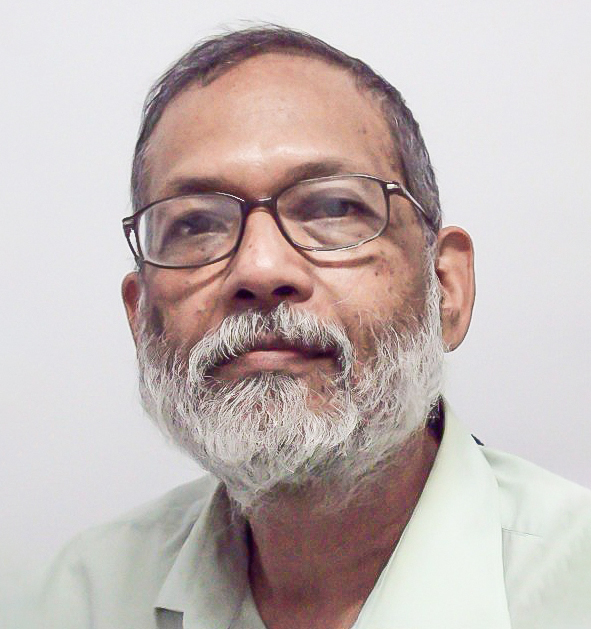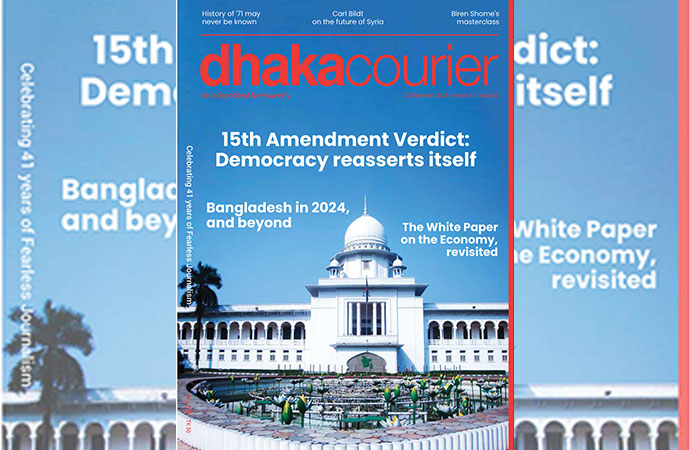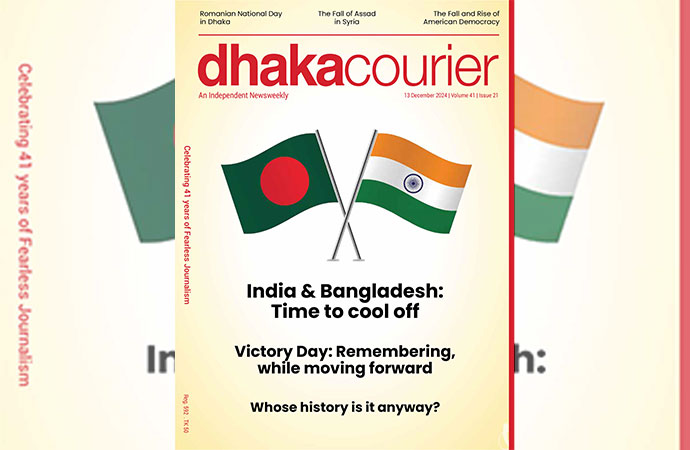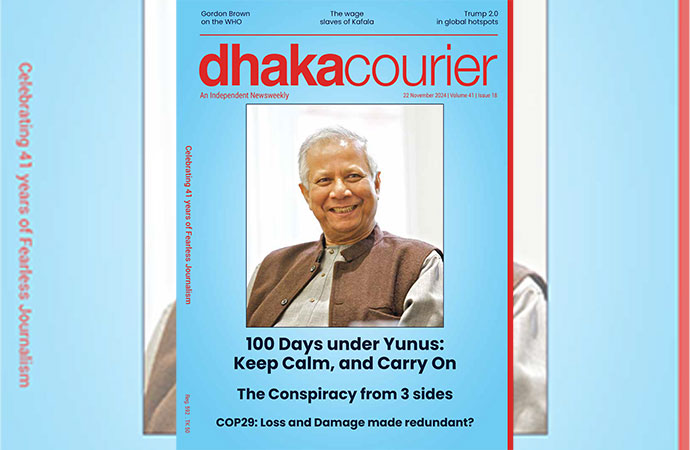Column

A relative of a blast victim grieves outside a morgue in Colombo, Sri Lanka, Sunday, April 21, 2019. AP Photo
The mayhem in Sri Lanka reminds everyone how close by terrorism lives and can be. The way the attack was carried out in a Church and hotels where anonymous tourists were staying shows that while the settings were selected the victims were random. They just happened to be there by bad luck but were either killed or maimed in one of the worst carnages in South Asian history. It may seem that the act has not achieved much beyond killing but to the terrorists, that is enough. Killing as a way of establishing legitimacy of their cause and its efficiency. It is an established methodology of violent extremism.
Sri Lanka's long history of violence
Sri Lanka is no different from any other South Asian country in the sense of oppressing its minorities. It's dominated by a variety of identity markers and any one can be chosen to dominate or discriminate. The idea that one variety of identity is a better than another is a convenient fiction many like to sustain. In this case, religion is going to be blamed but over time every market has been used to justify killing and by every side.
Even in Sr Lanka the Tamils were not a religious but an ethnic or language based identity category. Yet it produced one of the long stretching violent extremism in the region's history. What is common in all such scenario is the denial of the right to equal space by one group to another. Since that happens in every society, such extremisms are common.
Luckily, they are not always violent but the promise of violence is never far away. Since the rise of the latest wave of Violent Extremism, more research has been done on the ME or its attendant problems like the IS than ever. It has in fact produced a cannon, even a holy base of literature. Unfortunately for the cause of anti VE, the markers to identify the players are incomplete and often self-serving. As the initiative has been generally led by the US, the focus has been largely ME focused and this the enemy has been tainted with convenient colours of faith.
The IS syndrome and territorial reality
A survey of the international media on VE shows that the concern is largely on the IS and the US anxiety has always been about IS establishing a state which it did but has finally been wiped out like the Jaffna of Tamil land based LTTE. The enemy was thus defined as territory based and wars were waged and this was much easier than fighting a phantom that can wear any national colours.
Yet the source of the latest wave was Afghanistan and the trigger of the Islamist wave was Soviet Union's invasion. The anti-Soviet /cold war/anti-socialist strategy led to the production of the Al-Qaeda, Taliban etc.; much done with Middle East US ally money. But the causes behind the production of this phase of anti-terrorism were the cold war conflict. It's ironical that what ended the socialist enemy was largely a force that hated socialism but the US as well.
India's Kashmir terrorism
But the scene is not the same everywhere. In India, the IS is a minor force and the main enemy is the Kashmir militancy. India doesn't need the ME and various VE factions of Kashmir keep it busy. So the IS having a finger in every pie is hardly the case in South Asia. With its dying embers it will however continue to cause damage. What matters are disgruntled groups.
Pakistan is more of a promoter-victim of VE. While its role in generating the Taliban has kept Afghanistan tense, the support to Kashmir has kept them active in making life as difficult as it can for India. Internally however, it has paid huge price for supporting terrorism based violence, a force that can never be controlled.
What is not always realized is the huge benefit that Kashmir conflict brings to both India and Pakistan. For India, the election rhetoric shows how important Pakistan is for Indian politics while without Kashmir, Pakistan's ruling class, largely army dependent would be under a serious threat.
Violence as a tool of politics
In Sri Lanka, much work has been done on the way violence has become the decider of politics. Its beautiful landscape often hides horrific phases and instances of terrorism. It also came from both sides whether it was the Sinhala nationalism based JVP, Tamil state seeking LTTE or the army itself protecting the Sri Lanka state. It is not a land unknown to extreme violence by all sides.
The blaming on Buddhist monkhood, Islamist groups and other elements will again fog the issue that the governance of equity in SL society has been weakened by years of misuse and abuse. Sri Lanka will be able to pacify the current bombers easily as they have no foothold, no area to defend -unlike the LTTE- around which territorial state based loyalties can be built and no support system either. It's violent and horrific but largely temporary as far as this scale of impact is concerned.
But it shows that once violence has been birthed in a society it can change forms, shaped and attire but rarely disappears.

























Leave a Comment
Recent Posts
Curtain rises on 6th National ...
The month-long '6th National Sculpture Exhibition 2024', organ ...
Thailand's sea nomads strive t ...
When Hook was a child, he started his days by jumping off the boat tha ...
Liliums grown in Bagerhat show surprising promise fo ..
Bangladesh’s three divisions brace for rain
Prioritise reconstruction of Gaza, West Bank, Lebano ..
In support of the vision set forth by the CA